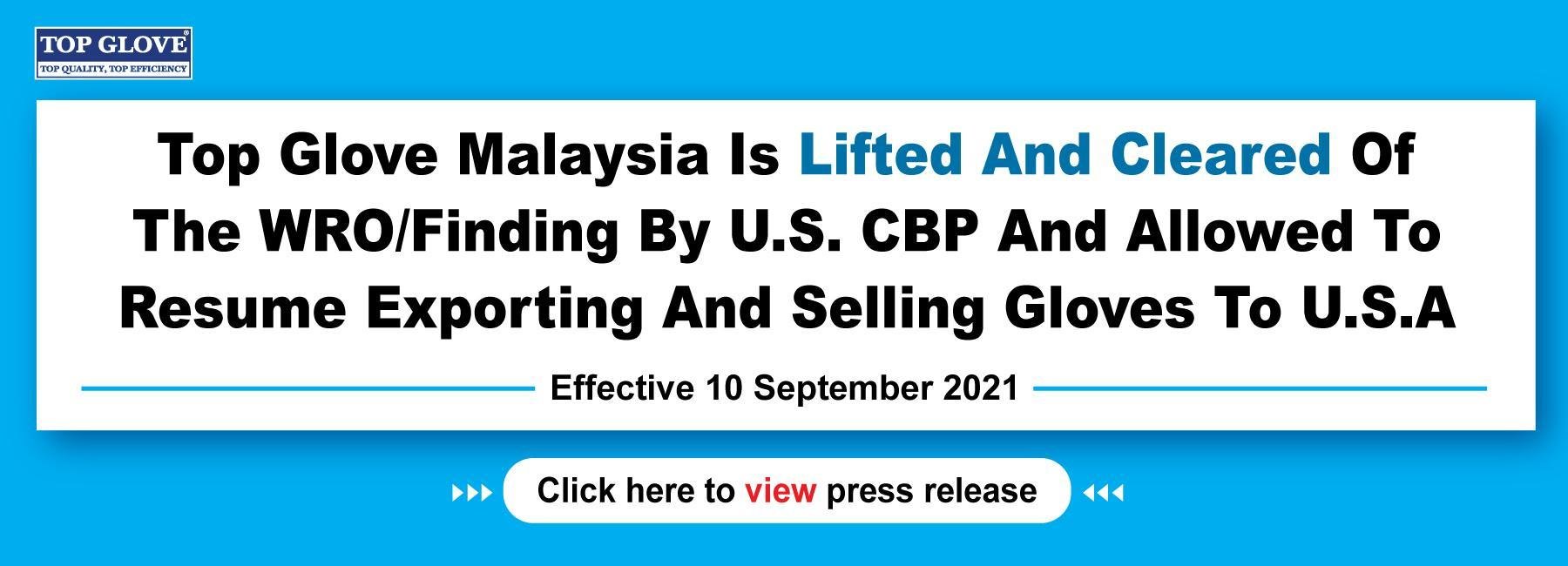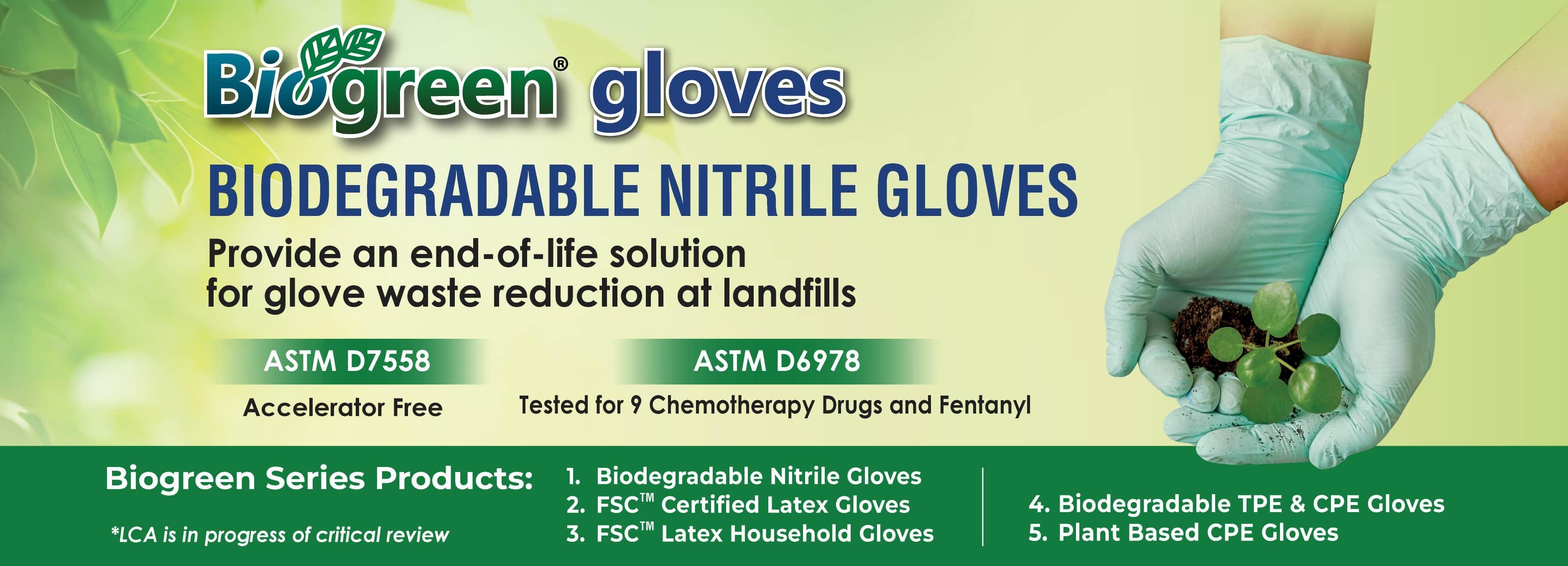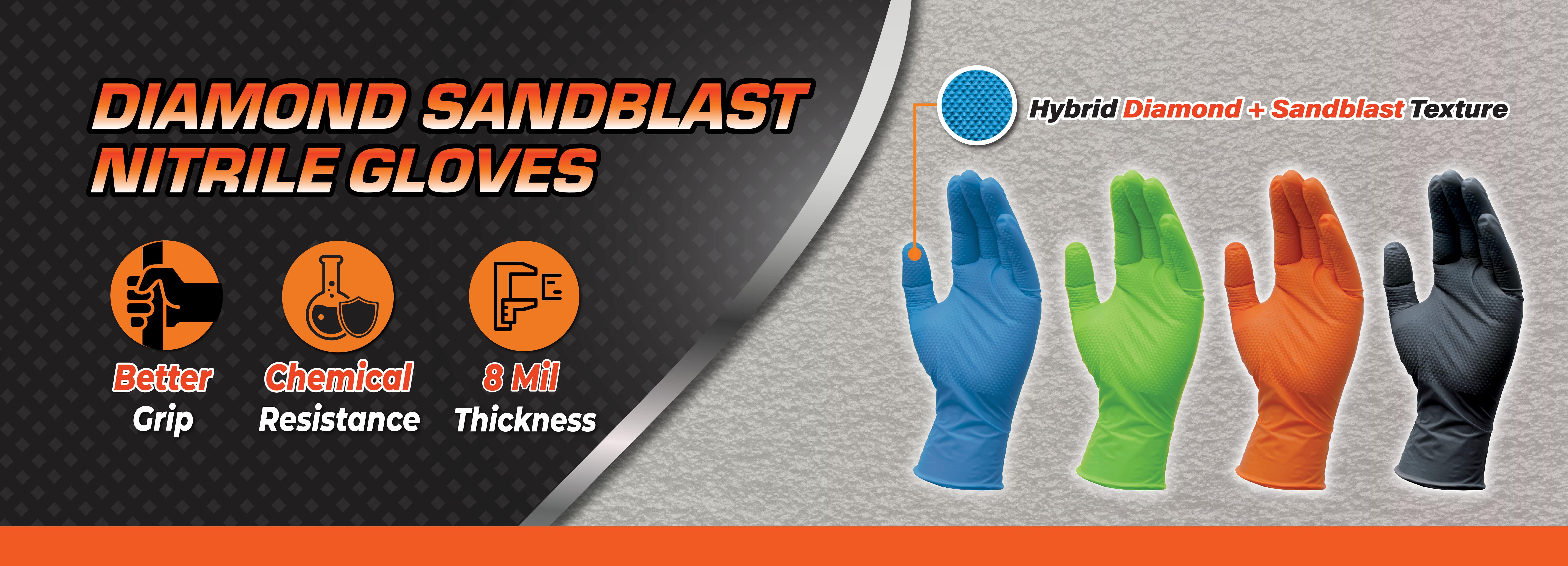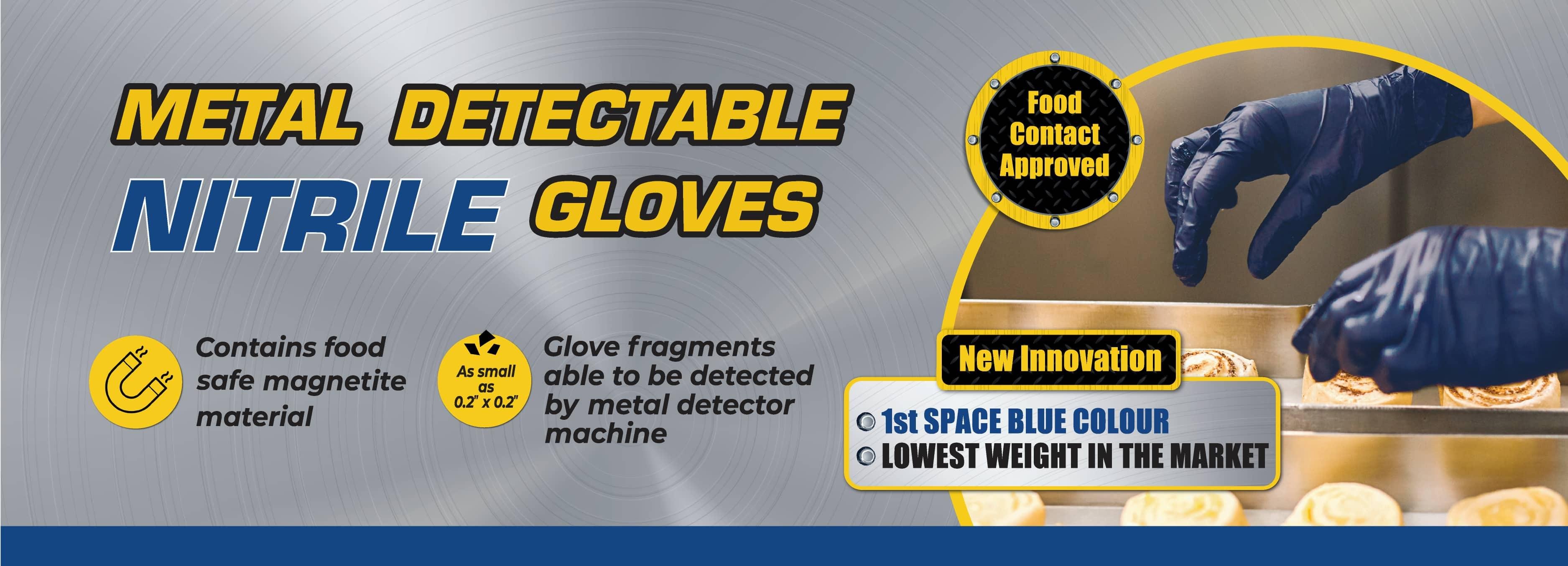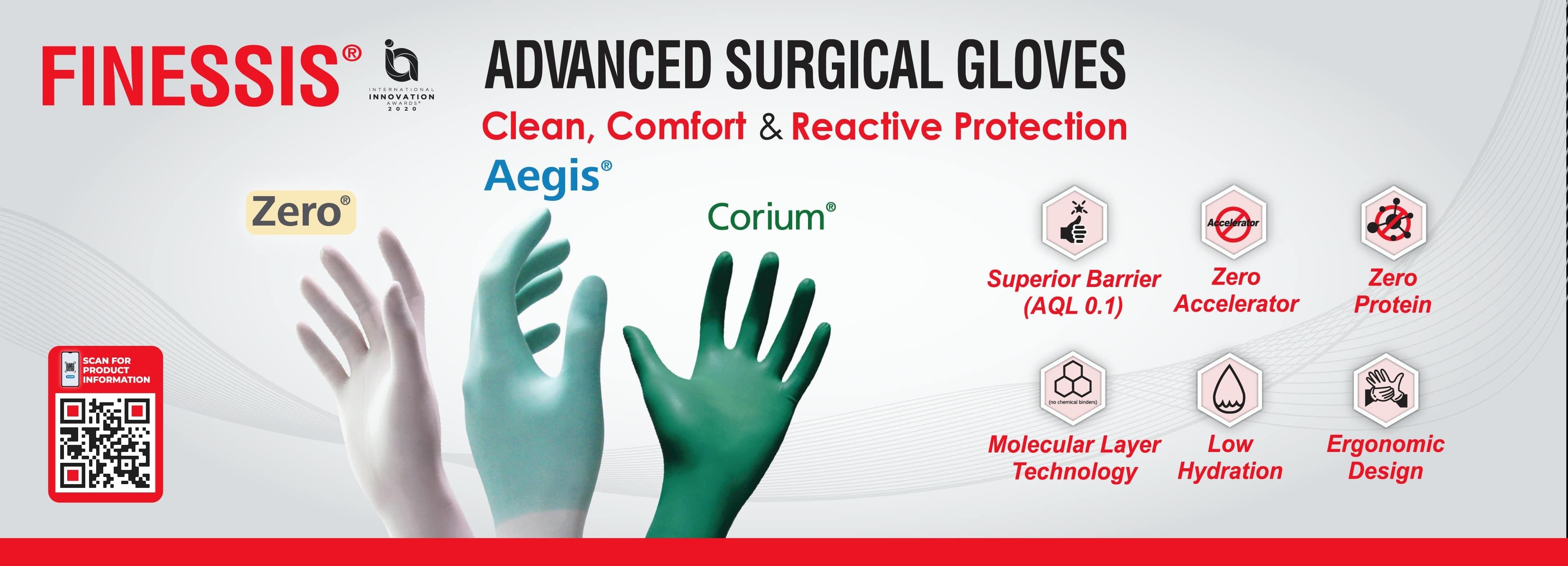TOP GLOVE STAYS ON ACQUISITION TRAIL
18 December 2017 / 12:12

Lim: Our expansion strategy is both vertical and horizontal.
DOING business is like riding a bicycle; the moment you stop pedalling, you fall. It is this belief that has kept Tan Sri Dr Lim Wee Chai, the founder and executive chairman of Top Glove, on his toes.
At the age of 59, he has no plans to retire, at least not for the next 10 years. Indeed, he is mapping out a strategic plan to take the world’s largest rubber glove manufacturer to greater heights. His aim is to have Top Glove on the Fortune Global 500 list by 2040.
“Look at Robert Kuok … he is still working at the age of 95. If I could, I would work till I am 100 years old,” quips Lim, who is ranked by Forbes Asia as Malaysia’s 25th richest man, with a net worth of US$640 million.
“It has no doubt been a wonderful 26 years, with ups and downs and constant challenges,” he tells The Edge. “While we are happy with where we are now, we will continue to expand. It cannot stop. A person can retire but the company can’t,” he says.
Despite the challenging business environment — and fresh from sealing a RM1.3 billion deal to acquire the world’s second largest surgical glove maker, Aspion Sdn Bhd — Top Glove remains on the lookout for acquisition opportunities, says Lim.
“Our expansion strategy is both vertical and horizontal,” he adds, acknowledging that there is a limit to organic growth.
“Our base is big and organic growth is not enough. That is why we need to look at mergers and acquisitions. We will invest more in this because M&A are a must for us to grow more efficiently.
“But we have to ensure that we acquire the right company, which would add value to the group. It is not that easy to acquire the right one ... we believe Aspion is one,” says Lim, adding that Aspion has a strong presence in the surgical glove segment, which commands higher margins.
Aspion, the next growth catalyst
Last month, Top Glove entered into a term sheet with Adventa Capital Pte Ltd to take over Aspion, which specialises in surgical, medical examination and protection gloves. One month before that, the group bought packaging company Eastern Press Sdn Bhd for RM47.25 million cash.
Top Glove’s strong balance sheet with a net cash balance has put the group in a good position to expand through acquisitions.
Aspion has an annual production of 1.4 billion pieces, commanding an 18% share of the global surgical glove market. Currently, it has three production facilities (Kulim, Kedah, Kota Baru, Kelantan, and Kluang, Johor) with a capacity of five billion pieces per annum, according to CIMB Research.
Lim believes that Aspion will enable Top Glove to venture into the highly specialised surgical glove space and move up the value chain.
He says access to Aspion’s wide portfolio of specialised surgical gloves will enable Top Glove to expand its surgical glove product offerings to cater for a broader range of medical practice areas, including high-risk and micro-surgery, cardiothoracic surgery, orthopaedics, and obstetrics and gynaecology, thereby moving up the value chain.
Aspion has a strong foothold in developed markets, such as North America, Europe and Japan, where Top Glove’s surgical glove sales are relatively low at about 2% currently.
Furthermore, through M&A, Top Glove can overcome formidable entry barriers into the surgical glove sector and gain access to cutting-edge technology and game-changing products.
“Breaking into the production of higher-margin glove products will impact profit margins positively and we will gain the technological know-how that will allow us to produce better quality surgical gloves,” Lim says.
Examination gloves command a net margin of 10%, while surgical gloves could earn a net margin of 15% or higher depending on efficiency, according to Lim.
Upon the completion of the Aspion acquisition, he aims to expand Top Glove’s market share in the surgical gloves segment to about 30% from 12% now.
“Expanding organically on our own into this segment would not be as efficient or fast enough. However, we have the confidence [we can] grow this market further by working with Aspion,” he says.
Currently, Top Glove’s world market share for rubber gloves stands at 25% and the group aims to expand this to 30% in the next three years through its continued M&A trail in addition to organic growth.
Automation to ease cost concerns
“If employers need to pay a foreign workers levy next year, labour cost will increase. But, whatever it is, we have to follow the law,” Lim says.
Currently, the group employs about 7,000 foreign workers, but by investing in automation, the group has reduced its dependency on foreign labour.
“When we started 25 years ago, we needed about 100 workers for one production line and we could produce only 5,000 gloves per hour.
“Now we need only 25 workers for one production line and we can produce close to 30,000 gloves per hour. It is so much faster because we have invested in a robotic arm for auto-packing, instead of doing it manually,” says Lim, who stresses that efficiency is key for the business to survive.
Top Glove will continue to deploy the latest technology to improve quality and efficiency. It has a research and development centre with 150 staff, who include Master’s degree and PhD holders.
“We continue to identify the labour-intensive areas in production and non-production and invest in machines and technology to eliminate manual work,” he says.
Double-digit revenue growth
On Top Glove’s earnings trajectory, Lim foresees that the group will record a compound annual growth rate (CAGR) of about 20% of revenue from the financial year ended Aug 31, 2017, (FY2017) to FY2020 with the acquisition of Aspion.
The 20% CAGR is substantially higher than the pace of 8.13% the group had achieved on revenue and 10.83% on net profit in the past five financial years since FY2013.
For FY2017, Top Glove achieved a record high revenue of RM3.4 billion, up 18% from RM2.89 billion, thanks to a 7% year-on-year (y-o-y) upturn in sales volume.
However, annual net profit dropped 7.8% to RM332.7 million y-o-y. The sharp rise of latex prices, as much as 46% y-o-y, and increase in natural gas price and labour cost ate into Top Glove’s profitability.
Geographically, the bulk of its revenue came from North America, which contributed 31%, followed by Europe (28%), Asia (20%), Latin America (11%), the Middle East (7%) and Africa (3%).
The group declared a final dividend per share of 8.5 sen, bringing the total DPS to 14.5.
“In terms of dividends, we will continue to have a payout of at least 50% of profit after tax and minority interest in line with our dividend policy,” says Lim.
Lucrative investment
The son of a rubber plantation owner, Lim and his wife Puan Sri Tong Siew Bee invested RM180,000 of their savings in 1991 to start a rubber glove manufacturing business, which is now Top Glove, with only three production lines and 100 employees.
At that time, Lim believed that a greater emphasis on healthcare would result in increased demand for medical gloves. He bought the first plant from a company that was on the brink of closing down.
Being a new player with relatively little experience, the couple realised there was a lot to learn and they had to do it quickly.
“When we first started out, it took time and a lot of hard work to gain the confidence of customers, suppliers and banks. We also faced teething problems, such as a lack of technical know-how.
“But, we kept learning and improving on quality and efficiency while finding creative ways to deal with the issues that arose,” he recalls.
His foresight has been proved right. The seed capital of RM180,000 more than 25 years ago has now grown into RM2.92 billion — the value of Lim’s direct and indirect stake of 36.4% in Top Glove.
The Edge Markets
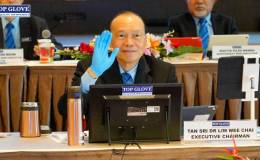

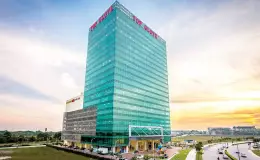
-cropped.jpg)

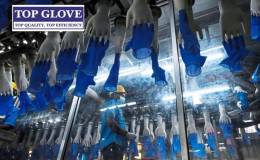
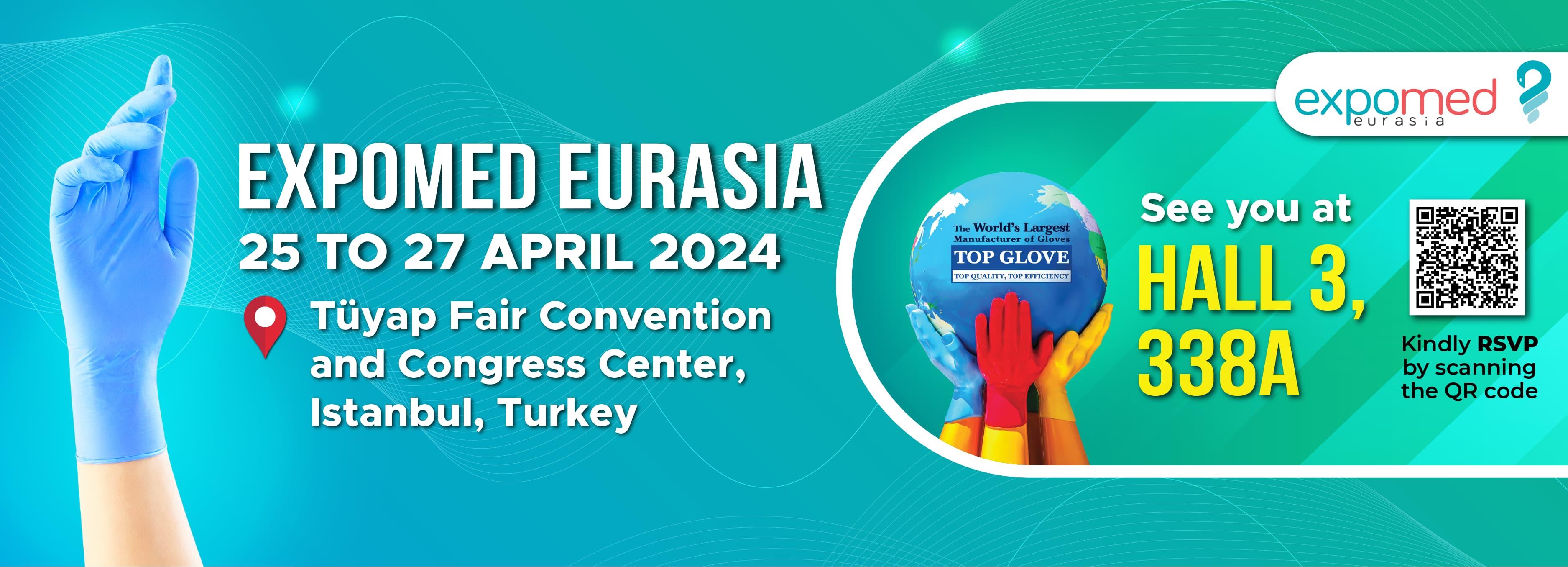
.jpg)
 (1).jpg)

.png)
.png)
.png)
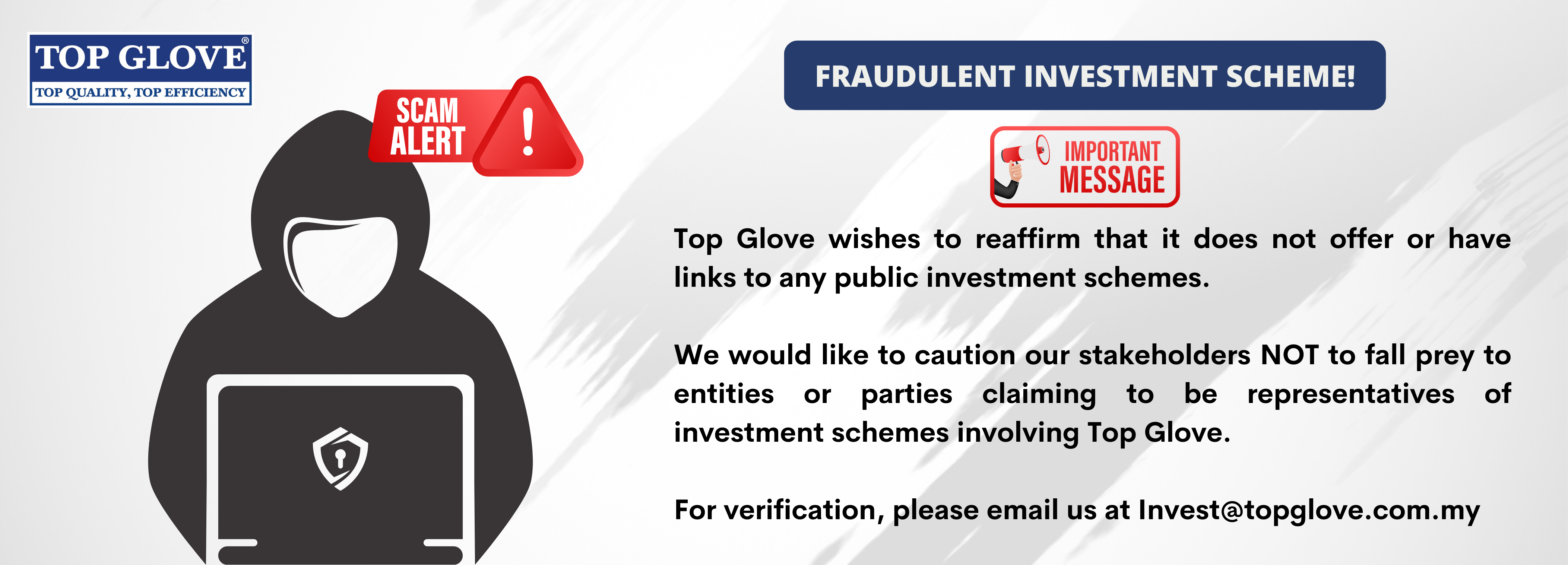
.png)
.png)
.png)
